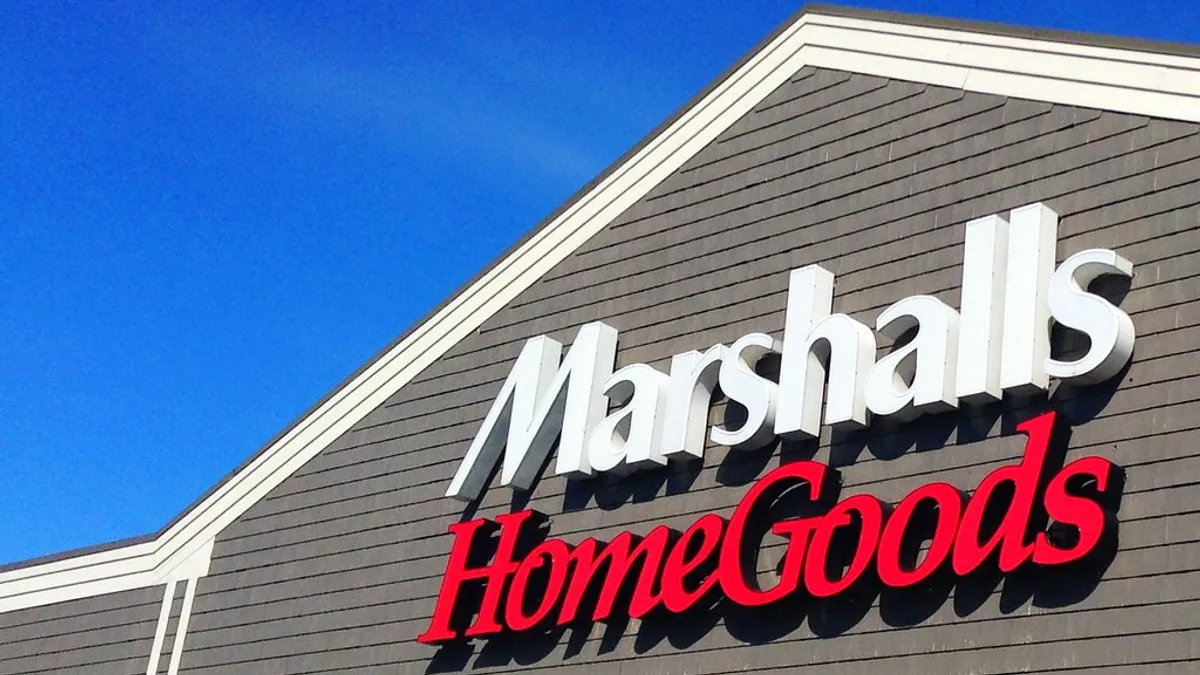This is a contributed op-ed by, Johannes Panzer, head of product strategy, e-commerce at Descartes.
The holiday season is just around the corner, bringing with it the shopping frenzy of Black Friday, Cyber Monday, Christmas, and Boxing Day. According to Deloitte's annual holiday retail forecast, total sales are projected to increase 4.5% to 5% in 2019, exceeding $1.1 trillion during the November to January timeframe. In the online space, e-commerce sales will reach between $144 billion and $149 billion this holiday season, growing by 14% to 18%.
As retailers scramble for their piece of this enormous holiday pie, the value of order fulfillment as a competitive advantage becomes increasingly clear, especially in the e-commerce arena where order turnaround speed and delivery convenience are top-of-mind differentiators for consumers.
Many companies are using their fulfillment capabilities as a competitive weapon, while simultaneously improving margins and streamlining order turnaround to meet growing customer expectations. In preparation for the peak holiday season, the following five tips can help accelerate and optimize order fulfillment to help retailers keep pace with surging seasonal volumes.
1. Embrace the gift of automation
The massive spike in order volumes during peak holiday season can cripple an unprepared warehouse or shipping department and leave a lingering bad taste in the mouths of customers waiting too long for their orders. And in today's marketplace, customer experience can make or break a brand.
By eliminating manual and paper-based systems and automating warehouse operations with a cloud-based, e-commerce-enabled warehouse management system (WMS), companies can increase the speed, agility, and accuracy of fulfillment processes when it counts the most.
An integrated, scalable WMS can easily manage higher-volume order processing with high efficiency, making all the difference when spiking sales volumes test the robustness of fulfillment processes. Plus, because an automated order fulfillment solution is grounded in easy-to-use, system-guided processes, temporary seasonal staff can get up and running with minimal training, which saves time and cuts costs.
2. Accelerate pick-pack-ship workflows
By automating the pick-and-pack process using barcode scanners in the warehouse, retailers can increase productivity, minimize costs, and heighten accuracy by eliminating mis-picks.
In addition, an automated, cloud-based shipping platform helps retailers ship orders quickly and cost-effectively by integrating with online marketplaces, back-end financial systems, and parcel shipping providers. Technology-enabled rate shopping that allows merchants to compare carrier rates and delivery options—side-by-side, in real-time, from a single dashboard—helps retailers more accurately estimate shipping and control total delivery costs.
3. Optimize Santa's last mile
Without an effective strategy, delivery can be a costly proposition for companies as they face the challenge of keeping pace with consumers' last mile expectations or risk forfeiting sales. Walmart recently launched its own one-day delivery program for orders of $35 or more without a membership fee; Target announced a flat-fee, same-day shipping option; and Macy's is piloting free same-day delivery (for orders of $75 or more) in 30 markets across the U.S., starting in October.
It's clear the customer experience of shipping and delivery shapes the consumer's view of a brand. Unfortunately, during peak season—characterized by surging order volumes, last-minute shopping, and winter-weather delivery challenges—many retailers struggle to provide efficient, cost-effective delivery, which can damage their brand.
With a focus on meeting rising consumer expectations, leading retailers are transforming their shipping and delivery strategy from cost-centric to consumer-centric — and creating a competitive advantage. With automated scheduling and optimized routing, businesses can drive up on-time delivery performance and drive down transportation costs. Dynamic booking provides consumers greater delivery choices (e.g., 2- or 4-hour window, same-day, next day, etc.) at the point of sale, while automated dispatch and tracking help companies ensure successful delivery and swiftly manage exceptions.
4. Get marketplace-ready
Online marketplaces represent a sizeable, and expanding, portion of retail sales. In 2018, total U.S. e-commerce sales via online marketplaces, such as Amazon, eBay and Wayfair, were worth $473 billion. Coresight Research reports that revenues for marketplace platform providers across the globe are predicted to more than double from $18.7 billion in 2017 to $40.1 billion in 2022.
An e-commerce-enabled WMS ensures real-time connectivity with multiple channels, marketplaces, and business partners, helping companies expand their marketplace strategies to access new markets and identify new opportunities for growth, during peak seasons and beyond. On the shipping front, an automated shipping solution can create branded delivery notes and shipping labels — customized according to specific marketplaces— to provide a seamless customer experience. Leading shipping solutions also support both parcel (smaller packages) and less than truckload shipping (larger format items) options.
5. Prepare for lumps of coal in your stocking
Returns can demolish profit margins, sink conversion rates, and compromise the customer experience if not handled swiftly and seamlessly. In fact, return deliveries in the U.S. are expected to cost $550 billion by 2020, according to Statista.
Although returns are an expensive ritual that all retailers face, e-commerce vendors face the steepest challenge, with return rates as high as 30% during the holiday season, compared to 8% to 10% for brick-and-mortar organizations.
With automated, barcode-based reverse logistics processes in the warehouse, retailers can process returns faster using fewer resources. Once returns are received, an integrated put-away classification system can help speed up shelf restocking and accelerate future picking.
Returns can demolish profit margins, sink conversion rates, and compromise the customer experience if not handled swiftly and seamlessly.

Today's e-commerce supply chains are complex. Multiple points of connectivity, internal warehouse procedures, diverse sales channels and more can lead to disorganization and lost revenue. With the holiday season nearly upon us, e-commerce retailers must strengthen the vulnerabilities in their order fulfillment processes as they face the flood of holiday orders and rising customer expectations. By optimizing e-commerce fulfillment productivity through automation, during peak seasons and year-round, companies gain the time to focus on what really matters to customers: service.





















